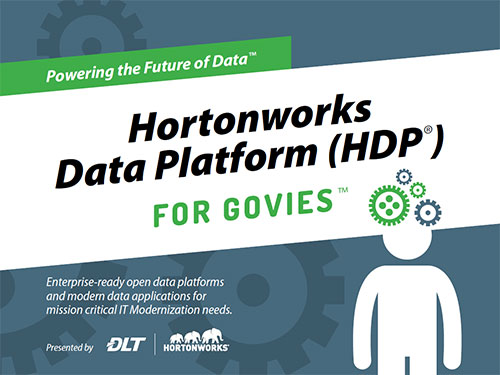Modern technology’s forward motion also means data is arriving at a much higher velocity. Velocity is the rate at which data is received and acted on – from the flow of data being analyzed by firewalls for cybersecurity purposes or the explosion of sensor data (as the number of sensors increases, so does the flow of data). Yet, the speed at which data is created and transferred can only be met with modern flexible architectures designed specifically for the purposes of higher velocity data. Legacy technologies cause new projects to stall or remain grounded because they simply don’t have the capabilities to effectively keep up with the velocity vector.
At the end of the day, the number one challenge to managing data in the public sector invariably comes down to cost. As public sector funds continue to shrink, our leaders are charged with finding ways to manage the data insanity and meet modern data challenges while satisfying their business users and their budgets. To meet budgetary constraints while enabling business users to solve problems, glean insights, and make data actionable, a modern, lower cost data architecture is imperative.
In this eBook, you’ll learn about how you can overcome these challenges and empower the deployment of modern data applications using the industry’s only secure, enterprise-ready open source Apache™ Hadoop® distribution based on a centralized architecture – the Hortonworks Data Platform (HDP®).
